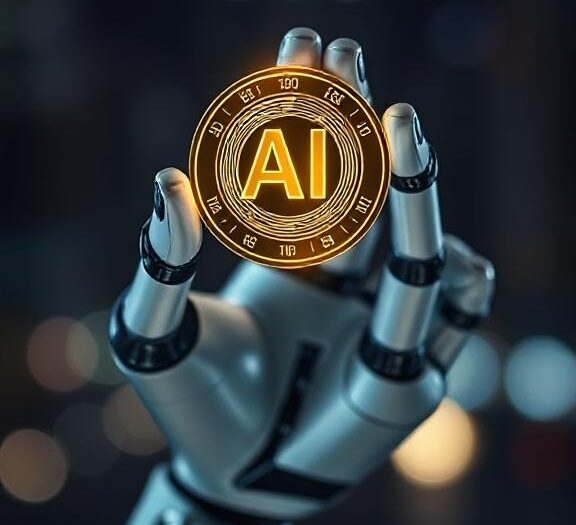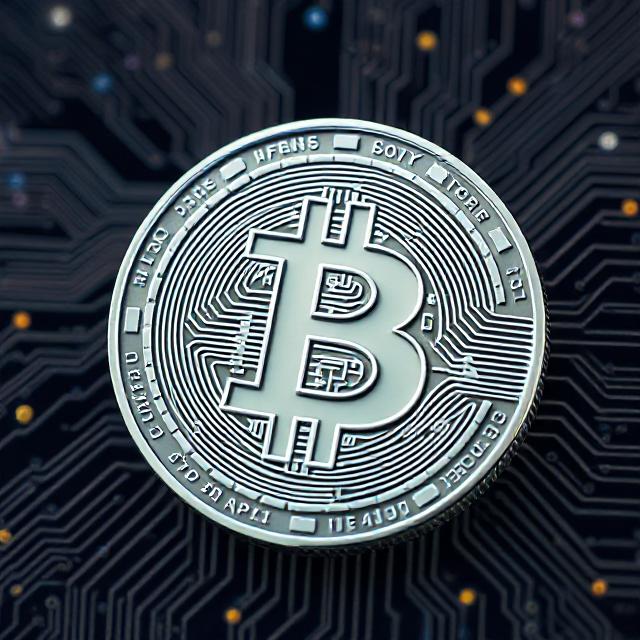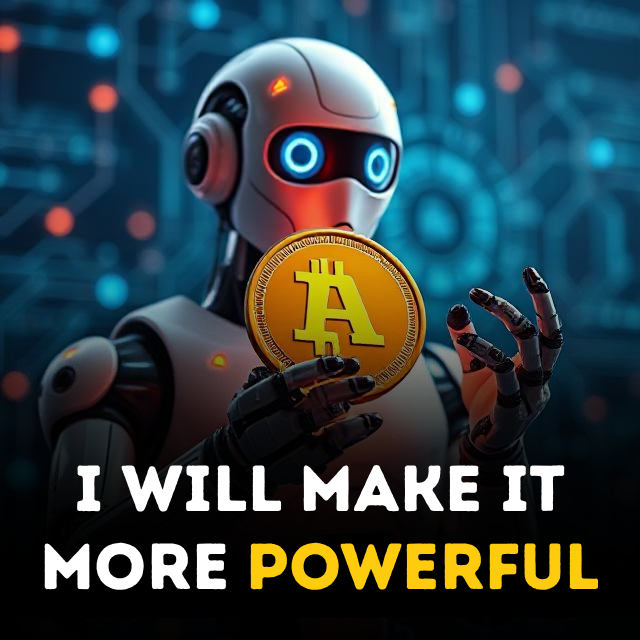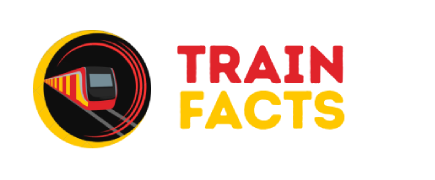
What happens when smart computers (AI) meet secure digital money (blockchain)? They create a new kind of crypto called AI crypto. It’s designed to be faster and smarter than regular cryptocurrency. But is this a real breakthrough, or is it just another tech trend? Learn more about AI Crypto by reading below:
We are seeing more AIs emerge now than ever
Trent McConaghy
before. AIs building their own treasures.
In this article, we’ll explain what AI crypto actually is and how it works in plain language. We’ll show you how artificial intelligence is teaming up with blockchain to create something new. You’ll learn about real projects using this tech today, the big promises and the real challenges they face, and what the future might hold for AI-powered money in the next ten years.

What Is AI Crypto?
Is AI Crypto a futuristic robot that manages or trades money? Or is it a digital coin designed to change the way we invest? Could it be a powerful software using artificial intelligence to predict crypto trends—or something else entirely?
Understanding the AI Crypto Concept
AI Crypto is the powerful fusion of artificial intelligence and blockchain. This merger creates a new class of digital assets that go beyond simple transactions. By analyzing market trends, predicting price movements, and autonomously optimizing trades, it introduces a revolutionary, intelligent layer to the world of digital finance.
The Importance of AI Crypto in Modern Finance
AI Crypto isn’t just a trend—it’s reshaping how we think about investing and trading. With AI-driven algorithms, AI Crypto can adapt to market changes in real time, reduce human errors, and provide powerful insights, making it an essential tool for forward-thinking investors.
Why Blockchain Alone Isn’t Enough
Limitations of Traditional Blockchain
While blockchain is the undeniable backbone of cryptocurrencies, providing security and transparency, it has inherent limitations. Traditional blockchain systems are fundamentally rules-based engines, operating on predefined, rigid protocols known as “smart contracts.” This structure, while excellent for ensuring trust and immutability, creates several critical shortcomings:
- Static and Reactive Nature: Blockchains cannot proactively adapt. They execute commands exactly as written, making them slow to respond to volatile market conditions, emerging security threats, or unexpected network congestion. They react to transactions; they don’t anticipate them.
- The Oracle Problem: To interact with real-world data (like asset prices, weather, or event outcomes), blockchains rely on external data feeds called “oracles.” This creates a critical point of failure and centralization, as the entire smart contract’s outcome depends on trusting a single external data source.
- Inefficient Consensus at Scale: While secure, validation models like Proof-of-Work (PoS) are notoriously energy-intensive and slow. They are more efficient but still follow static rules. Neither can dynamically optimize their processes in real-time based on network load.
- On-Chain Data: Hard to Analyze Blockchain holds vast amounts of valuable information, yet the analytics that can be performed directly on-chain remain restricted. However, traditional blockchains have no native ability to analyze this data themselves to identify patterns, predict user behavior, or detect sophisticated fraudulent activities that don’t break explicit rules.
- Lack of Personalized Optimization: A blockchain treats all users and transactions equally according to its protocol. It cannot offer personalized services, optimize transaction fees for individual users based on their habits, or automate complex, multi-step investment strategies tailored to personal goals.
In essence, blockchain is a powerful, trustworthy ledger, but it is a blunt instrument. Its strength is in its unwavering rules, but this is also its greatest weakness: it lacks the cognitive ability to learn, reason, and adapt. It provides the secure highway for digital assets, but without intelligence, it cannot build smarter cars to drive on it.

How AI Crypto Fills the Gap
AI fixes blockchain’s biggest weaknesses by making it smart. Here’s how:
- It Predicts the Future: AI analyzes huge amounts of data to forecast market swings and spot potential problems before they happen.
- It Automates Everything: It can automatically find the cheapest, fastest way to process your transactions and manage complex investments without you lifting a finger.
- It Learns to be Safer: Unlike static code, AI can learn to recognize new and sophisticated scams, making the network tougher to hack.
- It Makes Data Smarter: AI helps blockchain safely use real-world information by checking facts across multiple sources, preventing bad data from causing issues.
In short, AI doesn’t replace blockchain—it gives it a brain. This turns a simple, secure record-keeper into an adaptive and intelligent financial system.
AI is the new electricity.
Andrew Ng
How AI Makes Crypto Smarter
Data-Driven Decisions
AI Crypto uses powerful artificial intelligence to process immense amounts of live market data at incredible speeds. It scans for complex patterns and emerging trends that would be nearly impossible for a human to spot in time. By turning this ocean of information into clear insights, it enables highly informed and strategic decision-making. This moves trading beyond guesswork, significantly boosting both the accuracy and efficiency of every move.
Automation and Optimization in AI Crypto
A key strength of AI Crypto is its power to automate complex processes without constant human oversight. It continuously forecasts potential price shifts, identifies the most efficient transaction routes, and proactively manages portfolio risk. This not only drastically reduces emotional and human error but also allows the system to self-correct and adapt in real-time. The result is a smarter, more responsive, and ultimately more reliable cryptocurrency ecosystem for all users..

Leading Real-World AI Crypto Projects !imp
The AI Crypto space is growing fast, with innovative projects pushing the boundaries of what blockchain and artificial intelligence can do together. These projects are not just concepts—they are actively transforming industries, from finance to decentralized services.
Fetch.ai – Decentralized Intelligence at Work
Fetch.ai is a prime example of AI Crypto in action. It uses autonomous agents powered by AI to perform tasks such as optimizing supply chains, managing energy grids, and even predicting market movements. By combining machine learning with blockchain, Fetch.ai demonstrates how AI Crypto can automate complex processes efficiently.
SingularityNET – AI Marketplace on the Blockchain
SingularityNET offers a decentralized marketplace where AI services can be bought and sold using blockchain technology. This AI Crypto platform allows developers to share their algorithms and create interoperable AI solutions, making artificial intelligence more accessible while ensuring transparency and security.
Bittensor – Rewarding AI Contributions
Bittensor is an AI Crypto network that incentivizes AI model development through cryptocurrency rewards. By encouraging collaboration among developers and AI models, Bittensor creates a decentralized ecosystem where AI grows smarter over time, proving that AI Crypto can foster innovation while being self-sustaining.
To Conclude
Don’t Get Left Behind: The Era of AI Crypto
AI Crypto is far more than a passing trend—it is actively reshaping the future of finance, trading, and digital innovation. Early adopters who embrace this shift are positioning themselves with a decisive competitive advantage, leveraging smarter tools, data-driven decisions, and automated strategies that operate at superhuman speed.
Conversely, ignoring the rise of AI Crypto means risking obsolescence as the industry rapidly evolves beyond traditional methods. The transition toward intelligent, self-optimizing systems is already underway. The choice is clear: adapt now and lead, or hesitate and be left behind.
If you wonder “Why all iPhones look the same” then read it.
_______________





